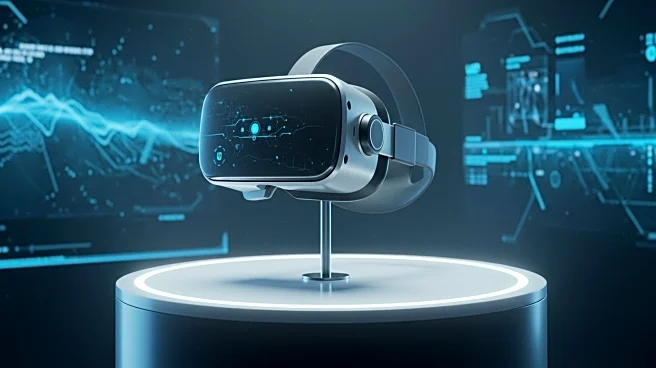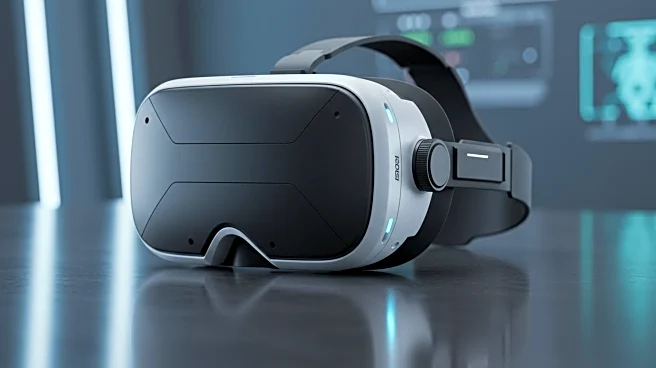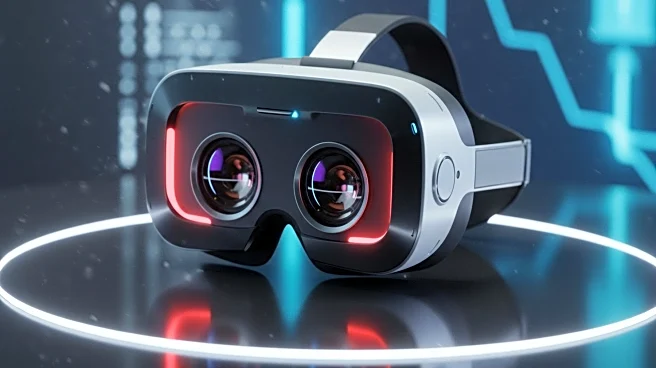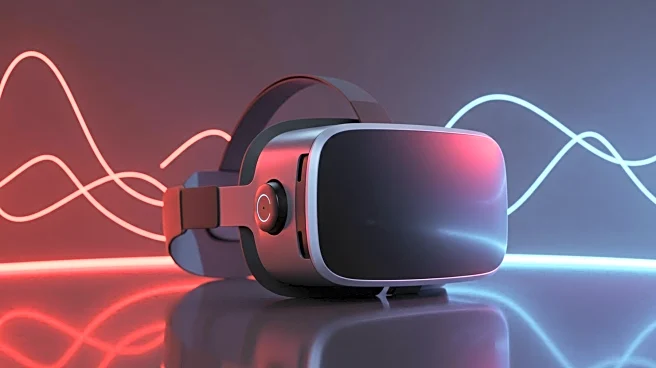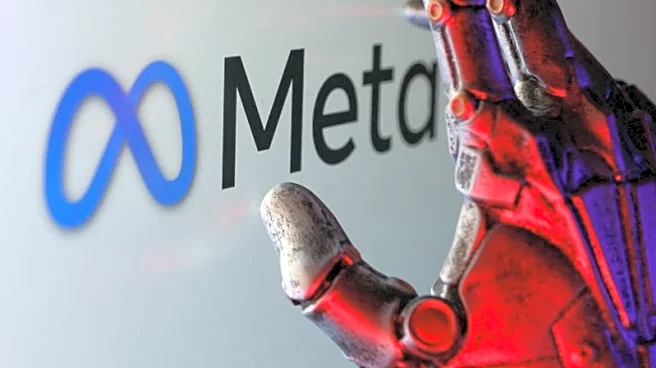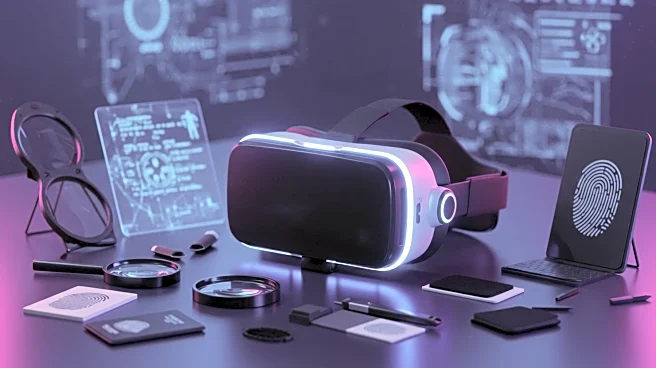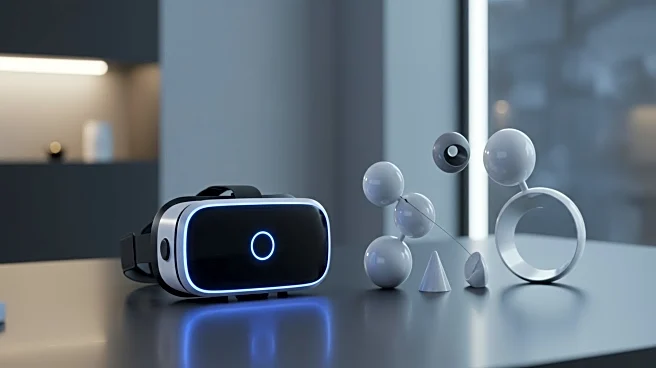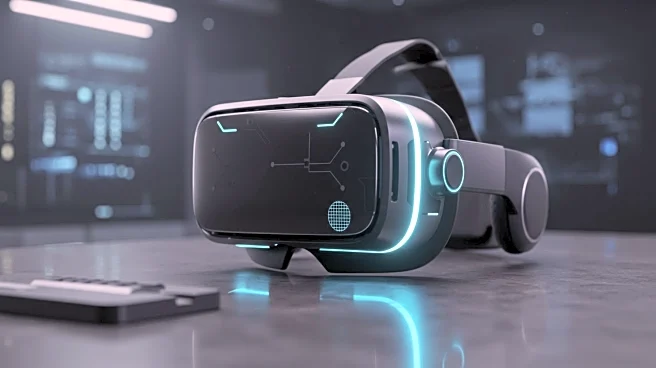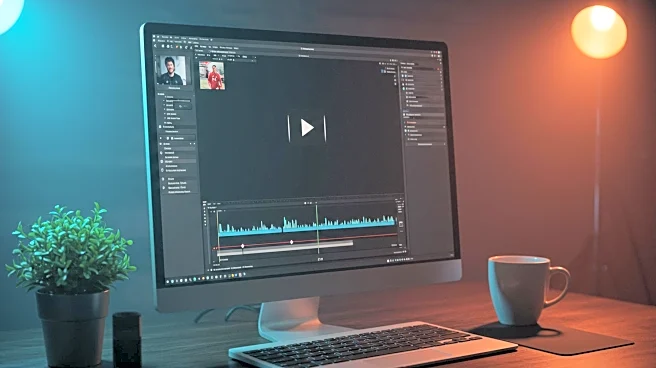What's Happening?
Meta has introduced the Boba 3 prototype, a virtual reality headset that boasts an ultra-wide field of view, significantly enhancing the immersive experience for users. The Boba 3 covers approximately 90% of the human field of view, compared to the Quest 3's 46%. This development marks a substantial leap in VR technology, as previous headsets have typically offered a field of view between 90° and 110°. The Boba 3 achieves this wide field of view without compromising on form factor or weight, making it a viable option for future VR applications. The headset uses advanced pancake lenses and 4K LCDs to deliver high angular resolution, providing a clearer and sharper image across a vast visual field. This innovation is part of Meta's ongoing efforts to push the boundaries of VR technology, spearheaded by its Display Systems Research team.
Why It's Important?
The introduction of the Boba 3 prototype is a significant milestone in the VR industry, as it addresses the longstanding challenge of enhancing immersion without sacrificing practicality. By offering a wider field of view, the Boba 3 improves object permanence and user comfort, allowing for a more natural and engaging experience. This advancement could have far-reaching implications for various sectors, including gaming, virtual meetings, and remote work environments, where enhanced immersion can lead to improved productivity and user satisfaction. Additionally, the Boba 3's ability to integrate mixed reality features across its wide field of view opens new possibilities for applications in education, training, and entertainment. As Meta continues to refine this technology, it could set new standards for VR headsets, influencing future product designs and market trends.
What's Next?
While the Boba 3 is currently a research prototype, its potential for commercialization is evident. Meta's product teams and executives, including Mark Zuckerberg and CTO Andrew Bosworth, will ultimately decide whether to bring this technology to market. The main challenge lies in balancing the increased computational demands of the ultra-wide field of view with the constraints of standalone VR headsets powered by mobile chipsets. Future developments may focus on optimizing performance through techniques like eye-tracked foveated rendering and neural upscaling. If Meta can overcome these hurdles, the Boba 3 could become a leading product in the VR industry, offering users an unparalleled immersive experience.
Beyond the Headlines
The Boba 3 prototype highlights the ethical and cultural dimensions of VR technology, as it enhances the ability to create realistic and immersive virtual environments. This could lead to new discussions about the impact of VR on human interaction, privacy, and the nature of reality itself. As VR becomes more integrated into daily life, questions about its influence on mental health, social behavior, and the digital divide may arise. Furthermore, the development of such advanced technology underscores the importance of responsible innovation, ensuring that VR advancements are accessible and beneficial to a broad audience.
